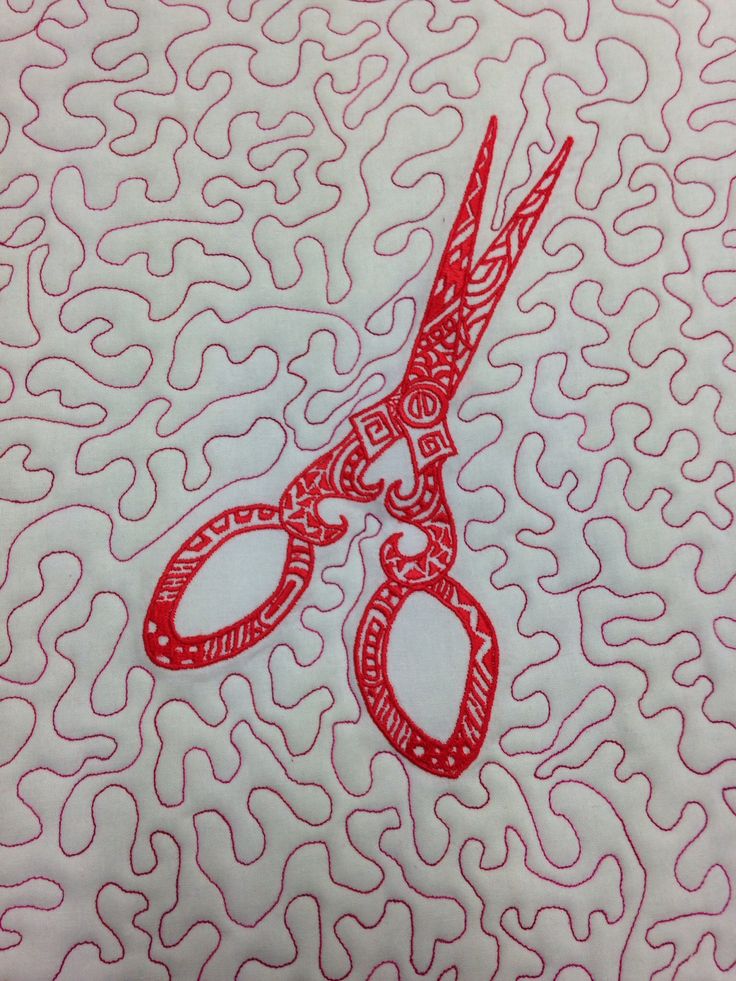

- Embroidery designs for janome 300e troubleshooting kohler how to#
- Embroidery designs for janome 300e troubleshooting kohler driver#
- Embroidery designs for janome 300e troubleshooting kohler Pc#

Then, inspect the bobbin case and hook for burrs. Make sure to clean between the feed dogs also. Then, remove the bobbin case and clean as much of the area as you can reach. Remove the machine throat plate, and clean the bobbin case with a small brush and mini vacuum. Address Possible Bobbin and Needle Plate Issues. Last, always ensure the needle is secured in the correct direction in the needle clamp. If you are using a sewing needle instead of a dedicated embroidery needle, try an embroidery needle.
Embroidery designs for janome 300e troubleshooting kohler how to#
(Learn more about how to choose an embroidery needle.) You may need to increase or decrease the size or switch point types. Then, make sure you have the correct needle size and type. Replace your needle to rule out a burred, dull, or bent needle. Only do this if you know what you are doing, though!) 3. (For the record, if it’s easy to remove your embroidery machine’s top cover or side door, you can clean better. You can also try switching thread orientation (vertical to horizontal or vice versa) or using a thread stand. If you are using a new thread, switch to a spool of thread you know your machine has not had issues with in the past. If not, check your upper thread path again. Use a thread net if thread pools at the base of the spool.Īfter threading, pull the thread through the machine with your fingers, and make sure it flows easily. If using a thread stopper, pick the correct size. Next, evaluate thread as it comes off the spool, ensuring at no point it gets hung up. As you thread, properly hit the thread guides, tension discs, and take-up lever. Then, rethread your embroidery machine with the presser foot up. Lots of little threads can get stuck in the innards of your machine, causing issues. You can also run a piece of UNWAXED dental floss through as if you’re threading your machine. Evaluate the Upper Thread Path.Ĭlean your upper thread path using a small brush where accessible. If the issue isn’t apparent and easily fixed, continue troubleshooting below. This way, you can watch and see what happens with each stitch and pinpoint the location and timing of your stitching problems. Rather than starting your machine and watching the problem happen quickly over and over again, set everything up and instead slowly turn the handwheel on the right of the machine to advance the needle stitch by stitch. Simulate Stitching With the Handwheel, and Observe. To note, these are more applicable to single-needle home embroidery machines made by Brother, Baby Lock, Bernina, Janome, etc., rather than commercial embroidery machines.

Fabric Is Too Thick To Hoop Or Keeps Popping Out Thread Cutter Not Working on Embroidery Machine Needle Holes Large and Visible Around An Embroidery Design Birds Nesting or Thread Loops on Back of Fabric Embroidery Bobbin Thread Showing on the Top
Embroidery designs for janome 300e troubleshooting kohler driver#
If your computer does not have a place to insert your memory card, use an external driver that you can plug in to it. jef file to the Embf5 directory on the memory card. This process usually is completed through the "Save As" option under the word "File" from the top left of the program. Follow the program's instructions for saving the design as a. To change the file format, open the image of your design in the program. Search online or contact the sewing machine retailer, if you do not have a program already. To save an image in this format, use a program that can convert files. Save your design as a JEF file, which is the only file type the Janome 300e can read. The card is now ready to use for designs. The machine will format the card automatically, if it is not already formatted. Push the card into the slot in the right side of the sewing machine.
Embroidery designs for janome 300e troubleshooting kohler Pc#
Select an ATA PC card or a Compact Flash with Type II Adapter. Format your memory card, also called a SD flash card, by inserting it into the sewing machine.


 0 kommentar(er)
0 kommentar(er)
